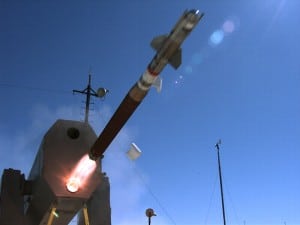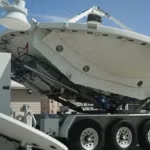
Raytheon [RTN] delivered its first Rolling Airframe Missile (RAM) launcher to Mexico this week and saw its Standard Missile-2 destroy aerial test threats in summer South Korean exercises, the company said Tuesday.The RAM delivery is the first to any Latin American country and is part of Mexico’s long-range off-shore patrol (POLA in Spanish) vessel program.The POLA vessel, the future ARM Reformador (F101), is based on Damen Shipyards SIGMA 10514-class frigate and is planned to be delivered and commissioned in 2020.Mexico…

 By
By 











